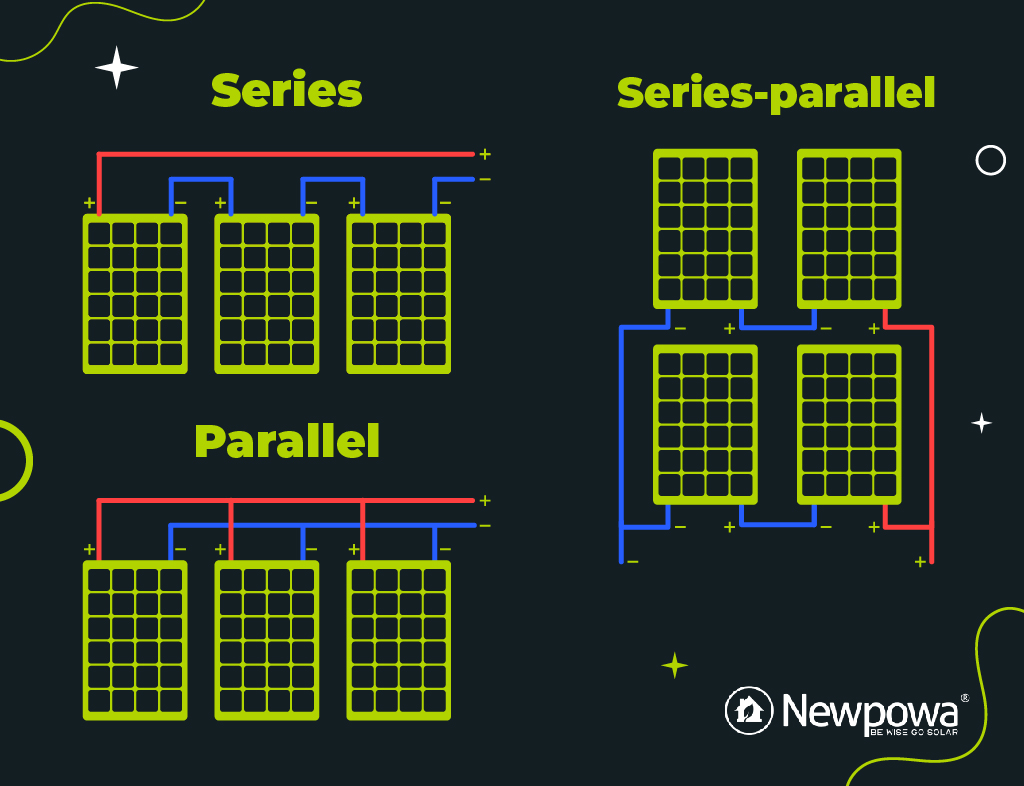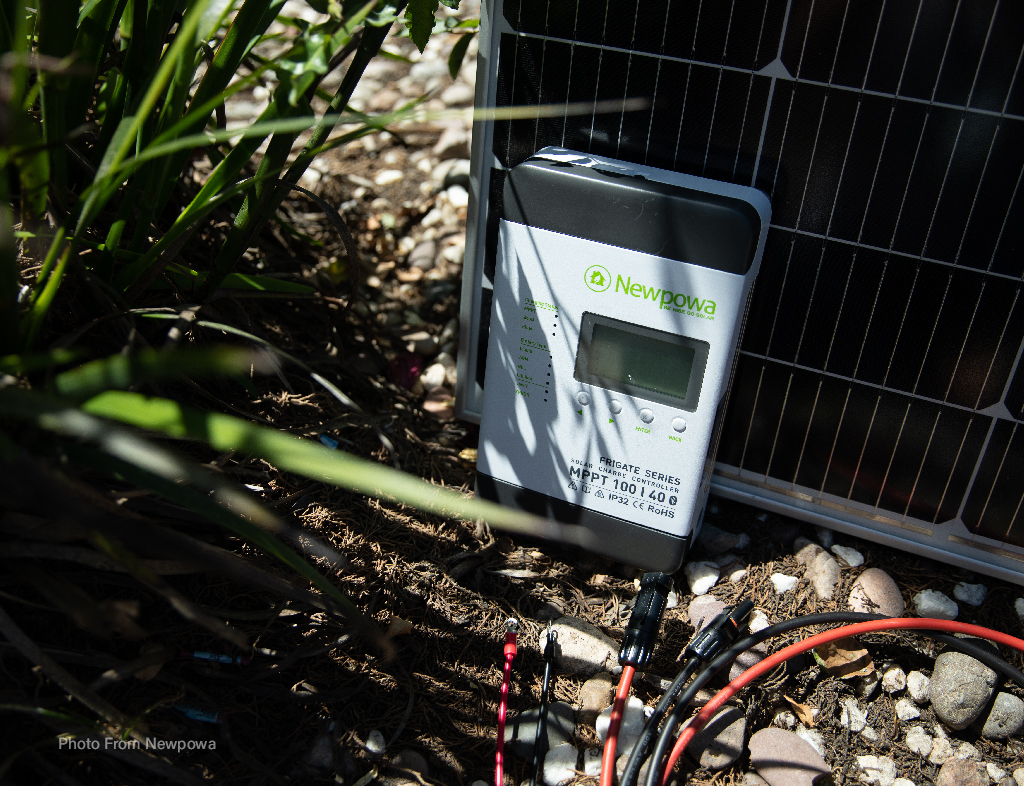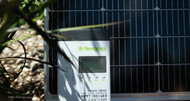SERIES VS PARALLEL VS SERIES-PARALLEL - WHAT YOU NEED TO KNOW
7th Mar 2024
In the realm of electrical systems and, more specifically, in the design of off-grid solar systems, the configuration in which you connect your components—notably your solar panels and batteries—is critical for efficiency, capacity, and power delivery. These configurations can be broadly categorized into Series, Parallel, and Series-Parallel setups. Understanding the differences, advantages, and limitations of each can empower you to optimize your off-grid solar solution.

Series Connection
In a series configuration, components are connected end-to-end, forming a single path for the current to flow. For solar panels, this means the positive terminal of one panel is connected to the negative terminal of the next, and so on.
Pros:
- Increases Voltage: Connecting panels in series increases the system's total voltage output, matching high-voltage input requirements of some inverters.
- Simplifies Wiring: Requires fewer cables and connections, which can simplify installation and reduce resistance losses.
Cons:
- Susceptibility to Shading: If one panel is shaded, it can significantly reduce the output of the entire string.
- Voltage Matching: Requires that all panels have similar electrical characteristics to ensure efficiency.
Relevance to Off-Grid Solar: Series connections are ideal for systems where high voltage is required, such as in long-distance transmissions where it minimizes energy loss.
Parallel Connection
Parallel configurations link all positive terminals together, and all negative terminals together, creating multiple paths for the current.
Pros:
- Increases Current (Amps): Suitable for applications requiring higher current without increasing voltage.
- Tolerance to Shading: Shading of one panel does not significantly affect the performance of others.
- Flexibility: Easier to expand the system by simply adding more panels in parallel.
Cons:
- Requires More Hardware: You might need thicker cables, branch connectors, and more sophisticated overcurrent protection to handle the increased current.
- Voltage Limitation: The system's voltage remains the same as that of a single panel, which might not be suitable for all inverters or applications.
Relevance to Off-Grid Solar: Parallel connections are suited for small-scale or medium-scale off-grid applications where system expansion and resilience to partial shading are priorities.
Series-Parallel Connection
This configuration combines series and parallel connections to balance the benefits and mitigate the limitations of each.
Pros:
- Customizable Voltage and Current: By grouping panels into series strings and then connecting these strings in parallel, you can tailor the system's overall voltage and current.
- Enhanced Reliability: Offers a compromise between tolerance to shading and the efficiency of series-connected strings.
- Scalability: Easier to expand in a balanced manner compared to purely series or parallel setups.
Cons:
- Complexity: Requires more complex wiring and planning, including ensuring that each series string has matched electrical characteristics.
- Higher Initial Setup Cost: More connectors and combiner boxes might be necessary.
Relevance to Off-Grid Solar: The series-parallel connection offers a versatile approach for off-grid systems, combining the high-voltage advantages of series setups with the high-current and expansion benefits of parallel configurations. It is ideal for systems that have to balance between efficiency, reliability, and scalability, making it a popular choice for medium to large off-grid solar applications.

In conclusion, choosing the right configuration for your off-grid solar setup depends on various factors including the scale of your system, your power requirements, and the conditions in which the system will operate. Understanding the advantages and disadvantages of Series, Parallel, and Series-Parallel configurations is the first step towards designing an efficient, reliable, and scalable off-grid solar system. With thoughtful planning and consideration of your specific needs, you can select the configuration that best meets your energy goals.
Be Wise, Go Solar!
